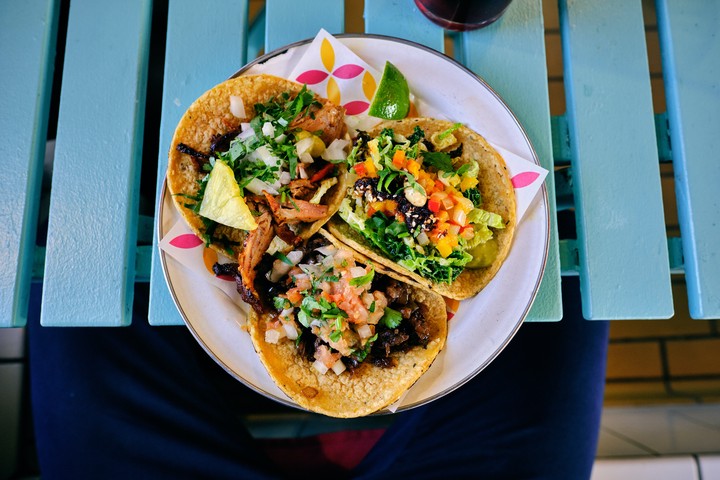Three Minute Abstract for World TB Day 2023
 Photo by Krisztian Tabori on Unsplash
Photo by Krisztian Tabori on Unsplash
Note: This was originally the transcript of a 3-minute abstract presentation I gave during World TB Day 2023. I think it’s a nice, layman’s summary of some of the work I have been doing regarding decision-making.
De-risking decision-making for clinical trials in TB therapeutics
How do YOU make decisions?
Let’s say your friends wanted to get tacos for lunch. [Bear with me for this analogy.] The most important step, without argument, is to identify a restaurant that has tacos on the menu.
But that probably isn’t the only thing you consider. There are other criteria that play a role, like proximity, quality, cost, and – if you have dietary restricted friends – the presence of vegan and gluten free alternatives. So, unless your decision-making process is complete chaos, you likely do some secondary comparisons and rankings and end up making a lunch plan based on a holistic evaluation of the many candidate taco shops.
Why don’t we apply a similar approach when we want to identify the most promising regimen for treating TB?
I’m specifically talking about our approach to decision-making in phase 2 trials. These trials enroll and intensively monitor a small sample of consenting participants in order to evaluate whether new regimens are effective and should be considered for large, confirmatory phase 3 studies. Historically, the phase 2 decision-making process looked like this: novel regimens would be compared one-by-one against the standard of care and the decision to advance would be more-or-less based on the answer to a single question: is there evidence to reject the null hypothesis of no effect? Or, in the context of our analogy, can we reject the null hypothesis that the proposed restaurant does not have tacos?
Confused? Me too. Not only is this traditional approach of one-by-one comparisons incredibly inefficient, it may not even be asking the right question and it certainly doesn’t equip us to consider the multifaceted nature of TB treatment.
Fortunately, there have been a lot of recent advances to address the inefficiencies in phase 2 study design. Just as review websites like Google and Yelp have made it easier to compare multiple restaurants simultaneously, multi-arm multi-stage trial designs have allowed for a more efficient comparison between many novel regimens, rather than the one-by-one, sequential, studies of the past.
My research aims to further improve decision-making by better capturing metrics that will help decision-makers rank and compare promising regimens. Yes, it is still ABSOLUTE priority that a regimen has promise with respect to cure, or, that the restaurant has tacos on the menu. But when there are many regimens that meet that priority, our framework helps decision-makers determine how strong the evidence of effect is, whether there is evidence the regimen could be prescribed for a shorter duration, and how well it ranks among other promising regimens.
We need new drugs for TB. My work will empower decision-makers to more readily identify the next wave of shorter, safer TB therapeutics.
Thank you.